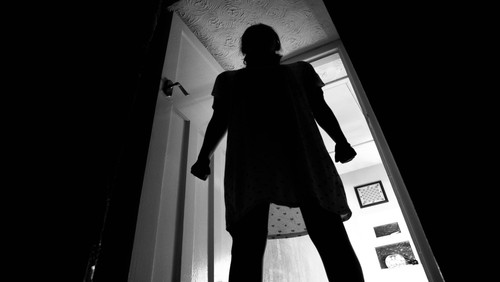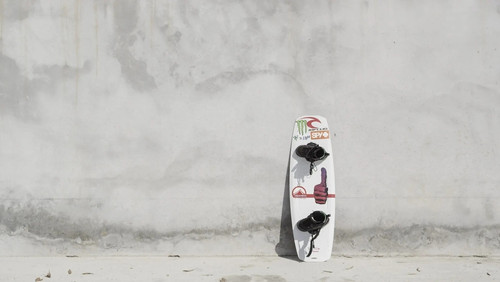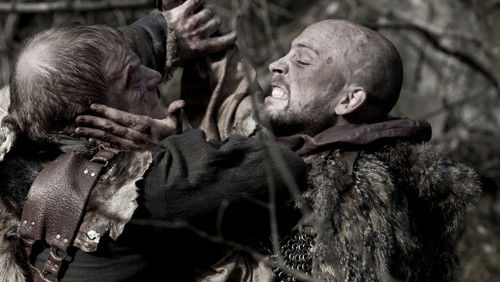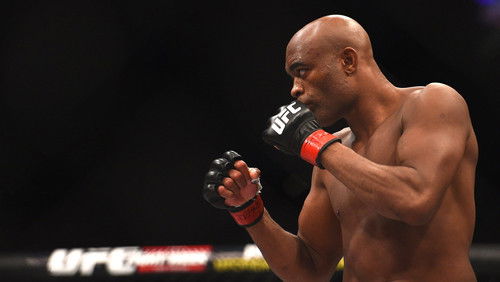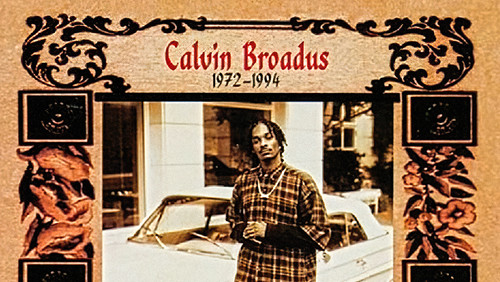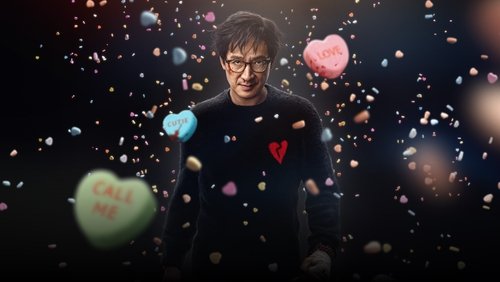The Devil Horse (1926)
63KThe Devil Horse (1926). 1h 8m | Passed
“With an abbreviated runtime of under one hour, the writers, producers, and director wasted no time in ensuring this western would carry distinct flavors of adventure and action to keep its audience engaged. With what feels like a peppy projection speed for the length of film, the feature gives us a series of well orchestrated stunts, effects, and action sequences, only ever briefly pausing this tack with intertitles or necessary quieter scenes to round out the plot. Much is to be said for the many animals and human extras used in the making of u0026#39;The Devil Horse,u0026#39; numbers which emphasize the ambition of the production even within such a slight framework, and the filming locations are utterly gorgeous. The sets and costume design are swell, too, and I admire Floyd Jackmanu0026#39;s cinematography. This is well made, and as itu0026#39;s built for excitement and thrills, even almost 100 years later I think it admirably fosters such feelings. The scene writing is fundamentally strong, there are some splendid ideas in the narrative, and director Fred Jackman ties it all together with a clearly practiced hand. All the pieces are here for a fun, compelling slice of cinema.u003cbr/u003eu003cbr/u003eHowever, the otherwise quality of the movie must be weighed against more unfortunate inclusions. u0026#39;The Devil Horseu0026#39; pointedly makes use of harmful, stereotypical depictions of Native Americans and conflicts with white settlers, and outdated language to describe them. There are boatloads of outright racism as characters and intertitles are written, and the strains here are so prominent and heavy-handed that I canu0026#39;t help but doubt the intentions of the picture – which is to say, Native Americans are the villains in this saga, plainly and simply. Iu0026#39;m pretty sure that if one were to try to investigate the full cast listing, moreover, weu0026#39;d find few or likely no instances of actual indigenous actors to complement the white actors who are adorned with makeup to falsify their ethnicity. Yes, this is a western, and a movie from 1926, but that doesnu0026#39;t pardon the archaic, unsavory, and frankly substantial indelicacies that broadly characterize the picture. There are genuinely good story ideas on hand, and some real wit and intelligence on top of fine craftsmanship, but the shape into which itu0026#39;s all been twisted has not aged well, and was never appropriate in the first place.u003cbr/u003eu003cbr/u003eFor what is so incredibly dubious here, u0026#39;The Devil Horseu0026#39; stands out like a sore thumb as a teachable moment, an illustration of how not to write or portray indigenous peoples and tell stories about them. For what is earnestly done well, the film is noteworthy in its craftsmanship, and its action-oriented thrust. I would also note that while perhaps not as noticeable as in other titles, equine star Rex the Wonder Horse is given the opportunity to play a role that somewhat has real personality and value outside of his relationship with humans, and thatu0026#39;s not something we see especially often where animals are centered. There is certainly considerable value in this movie; would that there were not also significant, ponderous detractions to make against it. Why, the bones of the plot are arguably sound, and could have feasibly been reworked, less the extremely questionable details, to be unreservedly worthwhile. Oh well. Iu0026#39;ll stop short of recommending against u0026#39;The Devil Horse,u0026#39; but to watch this one must absolutely be cognizant of the featureu0026#39;s failings, so maybe all told this is best remembered as a curiosity, a relic of what was and must never be again, and an exemplar of both the good and the bad.”


